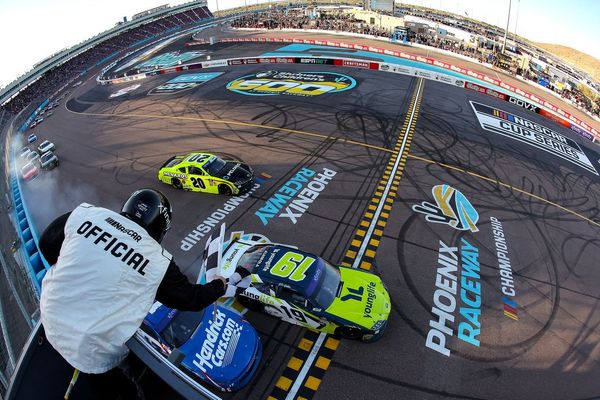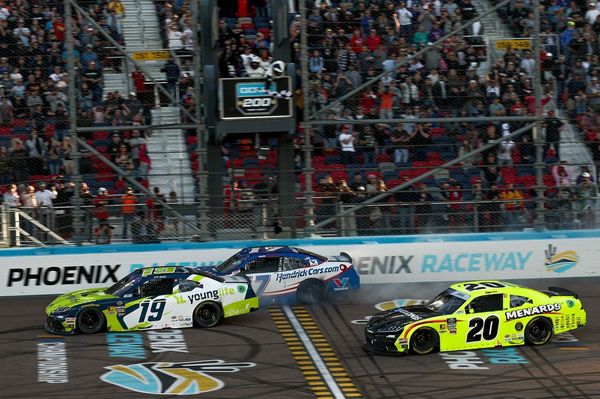SpaceX's latest adversary in its plans to launch a new fleet of satellites to beam internet from space is the U.S. government.
Why it matters: SpaceX has withstood attacks from powerhouse competitors like Amazon in the internet space race, but now must overcome warnings from NASA that its fleet of second-generation satellites could hamper asteroid detection work.
What's happening: SpaceX wants to launch up to 30,000 satellites for its Starlink internet service to improve the speeds and service from the roughly 2,000 satellites currently deployed in its first-generation network.
- SpaceX has begun building the second-generation satellites, or Gen2, in anticipation of launching as early as March.
Yes, but: The company is facing headwinds at both the Federal Communications Commission and the Federal Aviation Administration.
- The FCC oversees SpaceX use of the airwaves for beaming its signals while the FAA has to give the company permission to operate its Starship/Super Heavy launch vehicle.
- "The completion of the environmental review will not guarantee that the FAA will issue a license for SpaceX to launch its Starship/Super Heavy vehicle," the FAA said in a statement to Axios. "SpaceX's license application must also meet FAA safety, risk and financial responsibility requirements."
At the FCC, SpaceX is taking heat from its usual foes — Amazon's rival satellite internet company, Project Kuiper, and other satellite companies — but also from NASA.
- In a Feb. 8 filing, NASA warned the increase in satellites could have "a detrimental effect on our planet’s ability to detect and possibly redirect a potentially catastrophic impact" from an asteroid because satellite streaks would likely appear on imagery used to detect asteroids.
- The agency also said the sheer number of satellites "inherently brings additional risk of debris-generating collision events based on the number of objects alone."
- "Space traffic coordination is a key area of concern for NASA as the agency looks to protect its important missions in highly populated orbits," the agency said in a statement to Axios.
The other side: In a Feb. 22 blog post, SpaceX said its satellites are designed to automatically maneuver to avoid collisions and its system has been rated as trustworthy by NASA.
- "If there is a greater than 1/100,000 probability of collision (10x lower than the industry standard of 1/10,000) for a conjunction, satellites will plan avoidance maneuvers," SpaceX said in the post.
- The company told the FCC last week that it continues to work with NASA. "SpaceX is confident that its ongoing partnership with NASA will continue to yield additional enhancements that will make space operations even safer in the future."
Meanwhile, the FAA received a deluge of more than 19,000 comments when it sought feedback on its environmental assessment of SpaceX's Starship launch program in Boca Chica, Texas.
- The agency originally planned to complete its review in February, but has moved the target date to March 28.
The big picture: SpaceX has had a close relationship with NASA, which awarded the company a $2.89 billion contract to build a spacecraft to carry astronauts to the moon last year.
- But that relationship hasn't seemed to help it avoid regulatory hurdles.
Separately, Ukrainian officials requested Elon Musk's help in using Starlink's network on Saturday after the Russian military's unprovoked military invasion left parts of the country offline.
- Musk responded on Twitter that Starlink terminals were "en route" and, on Monday, Ukrainian First Vice Prime Minister Mykhailo Fedorov appeared to share a picture of the delivered terminals on Twitter.
Editor's note: This story originally published on March 1.







